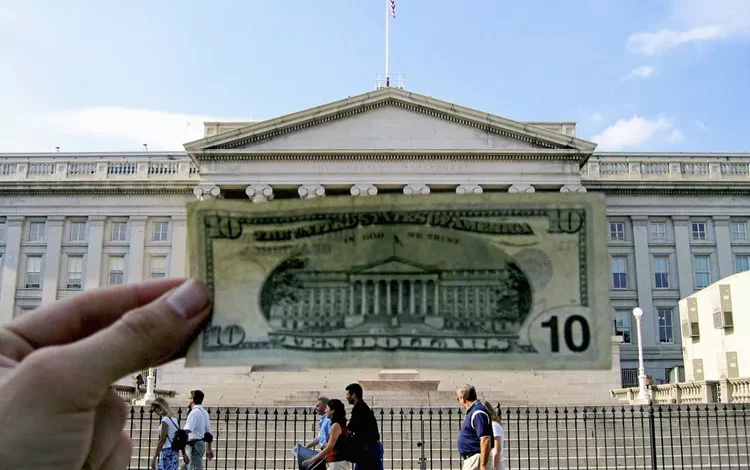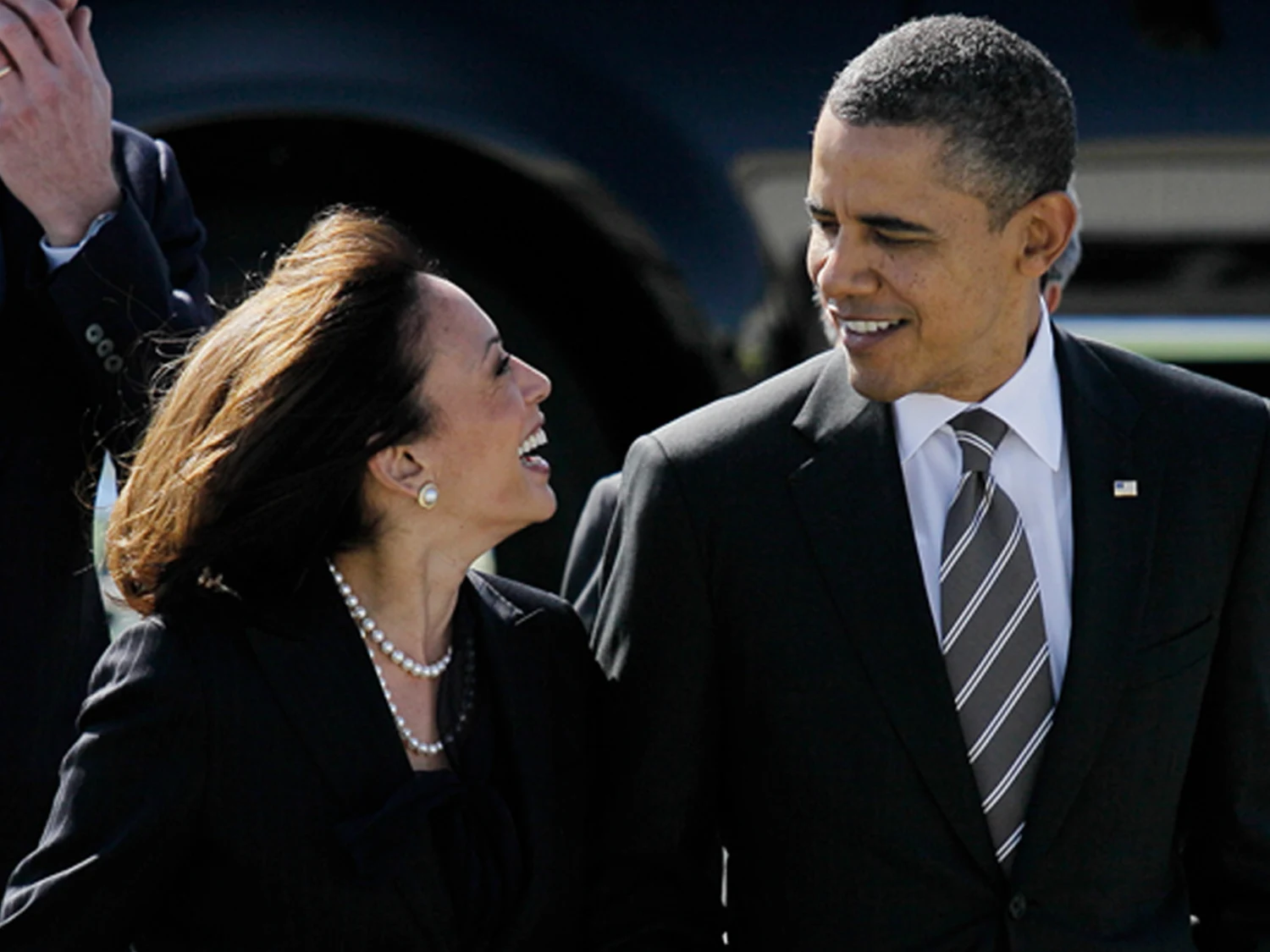US Treasury yields ticked higher on Wednesday as investors turned their attention to the Federal Reserve’s upcoming interest rate decision, CNBC reports.
Markets are closely watching for clues about the Fed’s outlook on the economy, inflation, and future monetary policy. The decision, along with updated economic projections, is set to be announced at 2 p.m. ET, followed by a press conference with Fed Chairman Jerome Powell.
As of Wednesday morning, the yield on the 10-year Treasury note had risen by over two basis points to 4.411%, while the 2-year Treasury yield was up by roughly one basis point to 4.255%. Yields move inversely to prices, meaning when prices fall, yields rise. A basis point is equivalent to 0.01%, so even small changes in yield can signal shifts in market sentiment.
The movement in Treasury yields reflects broader investor sentiment about future interest rate policy. Longer-term yields, such as the 10-year and 30-year, saw the largest increases, suggesting expectations of tighter financial conditions or slower future rate cuts than previously anticipated.
The Federal Reserve is expected to announce its next interest rate decision later on Wednesday. Markets broadly expect the Fed to reduce rates by a quarter of a percentage point (25 basis points), marking the third consecutive rate cut this year. If confirmed, this would bring the total reduction to 75 basis points, following earlier cuts of 50 basis points in September and 25 basis points in November.
While the rate decision itself is crucial, investors are just as focused on the accompanying guidance. The Federal Open Market Committee (FOMC) will release updated projections for key economic indicators, including inflation, unemployment, and gross domestic product (GDP) growth. These forecasts will give investors insight into how Fed officials see the US economy evolving and how that might influence future rate decisions.
A press conference with Fed Chairman Jerome Powell following the announcement will be closely watched for any signs of a shift in the Fed’s policy stance. Market participants will be looking for clues on whether Powell sees further rate cuts on the horizon or if the central bank might hold rates steady in the coming months.
Traders expect the Federal Reserve to raise its inflation outlook and lower its forecast for future rate cuts. With inflation still a significant concern, the Fed may signal that interest rates will remain higher for longer. This stance is in line with the “higher for longer” narrative that Fed officials have discussed in recent months.
An upward adjustment to inflation projections would suggest that the Fed expects price pressures to persist, potentially leading to fewer or smaller rate cuts in 2024. This could explain why Treasury yields, particularly on the longer end of the curve, are edging higher. Higher inflation often results in higher interest rates, which reduces the value of existing bonds, causing their yields to rise.
The Fed’s decision comes on the heels of similar moves by other major central banks. Last week, the European Central Bank (ECB) cut its benchmark interest rate by 25 basis points — the fourth such cut this year. Meanwhile, the Bank of England is set to announce its own interest rate decision on Thursday, and investors are watching to see whether it will follow suit.
These global moves are part of a broader trend in monetary policy aimed at supporting slowing economies while managing inflation. Central banks worldwide are grappling with the challenge of balancing rate cuts with the need to keep inflation under control.
In addition to the Fed’s announcement, investors will be watching the release of preliminary data on US building permits and housing starts for November. These figures provide insights into the health of the US housing market, a sector that is particularly sensitive to interest rate changes. Higher rates tend to reduce demand for housing, as mortgage rates rise in tandem with Treasury yields.








